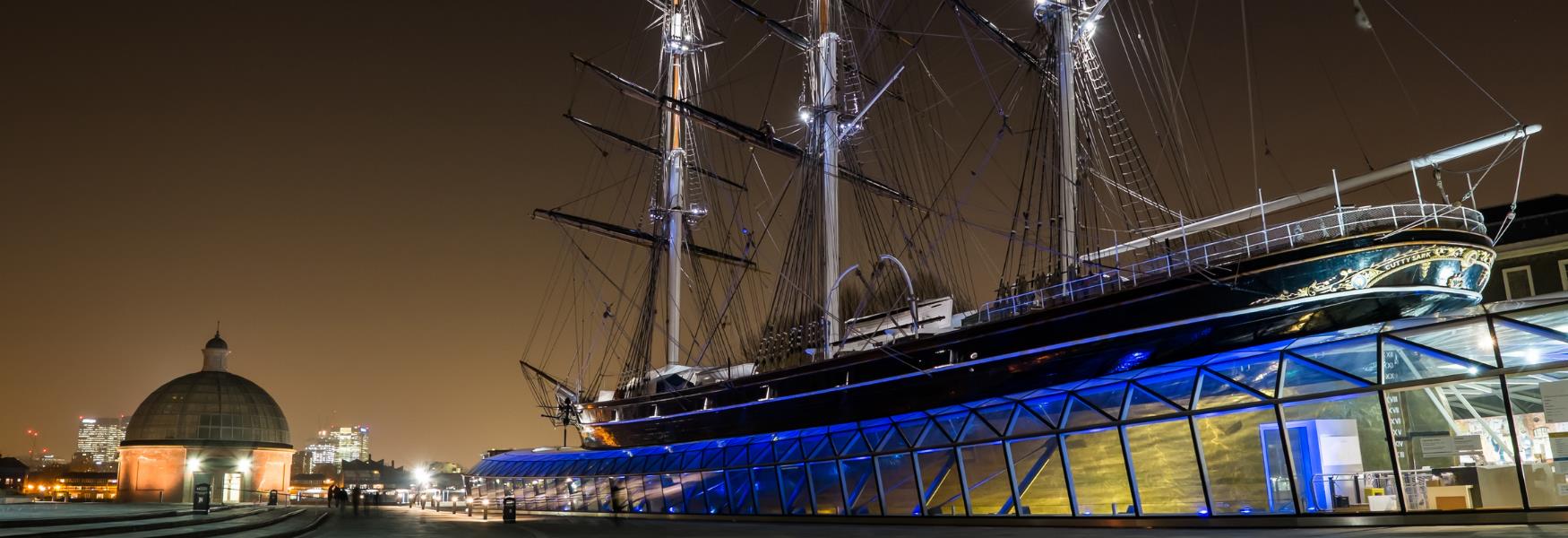To build your own Itinerary, click  to add an item to your Itinerary basket.
to add an item to your Itinerary basket.
Already saved an Itinerary?



You are here: UK History > Maritime History > History of the Royal Navy
The Royal Navy can be traced back to 16th century and is the oldest of the UK’s armed forces, though of course, Britain was using ships long before this to trade with the continent, fight Vikings and other activities.
The English Royal Navy was founded in 1546 by Henry VIII, though the Kingdom of England did have their own informal naval forces for centuries before this. The Royal Scots Navy existed long before England’s with its origins stemming back to the Middle Ages. The pair became linked in 1707 with the Acts of Union.
During the Middle Ages, ships, known as King’s Ships, were used for specific campaigns or actions but would be decommissioned after use. Typically these were merchant or privately owned vessels which would be enlisted into service and then...Read More
The Royal Navy can be traced back to 16th century and is the oldest of the UK’s armed forces, though of course, Britain was using ships long before this to trade with the continent, fight Vikings and other activities.
The English Royal Navy was founded in 1546 by Henry VIII, though the Kingdom of England did have their own informal naval forces for centuries before this. The Royal Scots Navy existed long before England’s with its origins stemming back to the Middle Ages. The pair became linked in 1707 with the Acts of Union.
During the Middle Ages, ships, known as King’s Ships, were used for specific campaigns or actions but would be decommissioned after use. Typically these were merchant or privately owned vessels which would be enlisted into service and then released, unlike Europe, which had a small, permanent fleet of ships in use at all times. Because of this, England’s naval organisation was poor and they were slow to action when war broke out.
Being able to utilise the sea only became a priority during the time of the Anglo-Saxon kings. After the Norman conquest, English naval power waned and a number of attacks took place from the Vikings and other peoples. The lack of an organised navy however didn’t become a real problem until the First Baron’s War when Prince Louis of France invaded England with his own fleet in support of the northern Barons. King John was unable to organise a navy to defend against the invasion. It was only after his death, that the Earl of Pembroke, who was acting as regent was able to marshal ships to fight the French in the Battle of Sandwich in 1217 – one of the first major battles at sea for the British. The break out of the 100 Year’s War also showed a need for an English feet, but the forces that came out of it did not do much to prevent skirmishes along the coast.
The Age of Sail came about during the reign of Henry VIII when a standing Navy Royal with its own purpose built ships, dockyards and management emerged. This continued under Elizabeth I who was involved in a war with Spain which saw privately owned vessels combining with the navy to take part in raids against the Spanish. The Royal Navy was used in 1558 to defeat the Spanish Armada but a similar attempt in Spanish waters was not so successful.
The navy started to weaken following Elizabeth’s death but Charles I began a programme of shipbuilding, but the funding was one of the key issues that caused the English Civil War. With the abolition of the monarchy, the Commonwealth of England replaced many names and symbols and the new navy was associated more with the church than the crown. It expanded during this time to become the most powerful in the world, taking part in the Anglo Dutch War, the Anglo Spanish War and the conquest of Jamaica.
The restoration saw the navy come back under crown ownership and then with the Acts of Union, the Scottish and English navy combined. This created the largest maritime force in the world. The Napoleonic Wars saw the Royal Navy reach a peak in its history, dominating other naval forces. Under Lord Nelson, the navy defeated the combined French/Spanish fleet at Trafalgar, a column dedicated to him now sits in Trafalgar Square, London.
The Royal Navy has played an important role in global exploration. The 18th century saw several voyages commissioned by the Royal Society, with characters like James Cook, George Vancouver and Charles Darwin making great contributions.
During WW1, the Royal Navy was mostly used at home, battling German fleets in the North Sea. The Royal Navy under John Jellicoe tied to avoid combat where he could. At the end of WWI, the Royal Navy remained by far the world’s most powerful navy.
At the start of WWII, the Royal Navy was still the largest in the world and provided critical cover to various battles, as well as deterring a German invasion of the mainland and evacuating stranded soldiers at Dunkirk. However, the navy did see heavy losses over the first two years of the war, particularly with uboat attacks.
After the war, the decline of the British Empire and economic hardships, the navy saw significant cutbacks but with events like the Falklands War and a threat of Soviet submarines, the continued need for an effective navy remained a priority.
You can learn more about Britain’s maritime history by visiting the docks in major cities like Liverpool or Bristol, the Greenwich Maritime museum or places like Plymouth’s Royal Williams Yard.
Read LessNumber of results: 1
London
Maritime Greenwich encompasses international significant architecture and landscape, artistic achievement, scientific endeavour and royal association which together tell the story of Britain at sea, and of world time keeping, navigation and…
© Visit Heritage 2025. All Rights Reserved


We are now retrieving your search results. Please wait, this may take up to 30 seconds


![]()
Supporting the Destination
![]()
Quality Guarantee
We are now retrieving real time availability results. Please wait, this may take up to 30 seconds.

.png)




